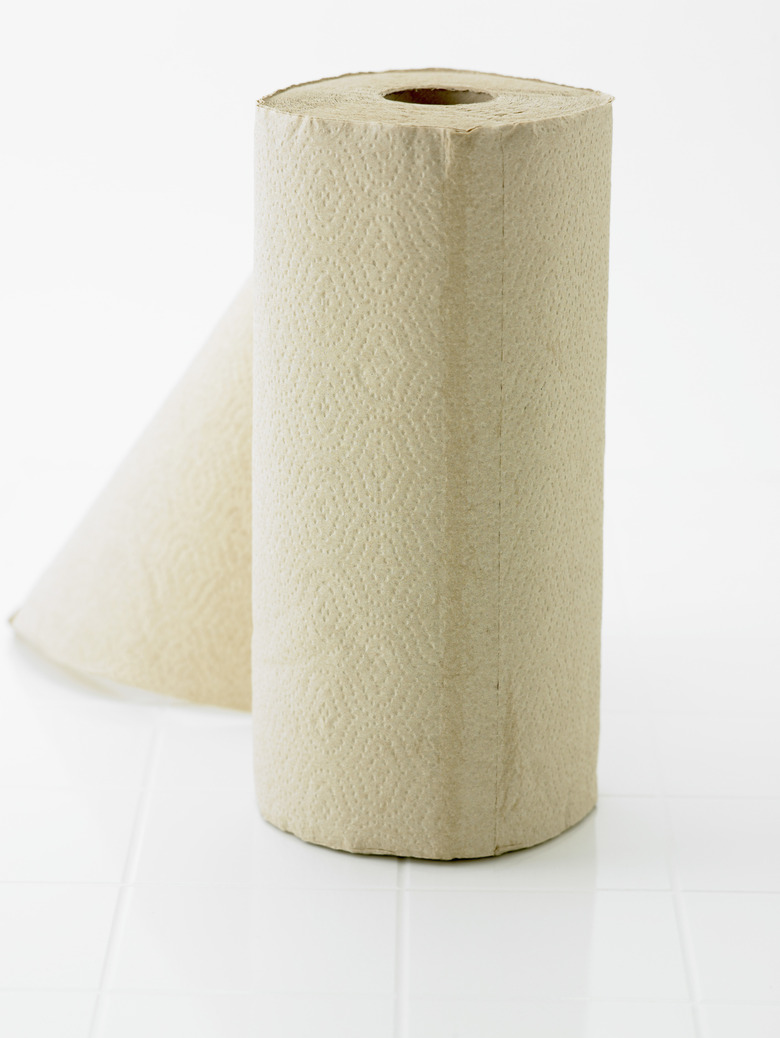How To Get Lily Stains Off Marble
Things Needed
-
Paper towels
-
Bowl
-
1/4 cup hydrogen peroxide
-
5 drops ammonia
-
Talc
-
Plastic wrap
-
Wooden scraper
-
Natural stone cleaner
Tip
Instead of blotting loose pollen off with a damp cloth, you can remove it with a vacuum.
Remove fresh pollen granules from the surface with mild dishwashing detergent and a sponge.
Warning
Avoid abrasive cleansers that can permanently scratch the marble surface.
Lily pollen stains sound like something you can simply brush off a marble surface, but the naturally porous surface of marble stone absorbs the yellow or orange stains left by the pollen. You can effectively remove organic stains caused by lily pollen with cleaning supplies and methods that are safe for marble and other stone surfaces. Removal of the pollen is important to avoid having it transfer to other surfaces as well as maintaining the appearance of your marble.
Step 1
Dampen a paper towel with water and squeeze out the excess moisture. Blot the marble surface to remove tiny pollen granules without smearing them into the marble. Discard the paper towel.
Step 2
Mix together 1/4 cup of hydrogen peroxide with five drops of ammonia in a bowl. Dampen a clean paper towel with the peroxide and ammonia solution and wipe off the pollen stained marble to remove it from the surface.
Step 3
Treat lily pollen stains that have absorbed into the marble surface by adding talc to the peroxide solution to create a poultice. Add enough talc to create a thick, frosting-like paste. Spread the poultice paste over the remaining lily pollen stains.
Step 4
Put plastic wrap on top of the poultice and gently pat the plastic wrap down to cover the paste and marble surface. Let the poultice dry on the marble surface to draw out the pollen stains.
Step 5
Discard the plastic wrap and scrape the dried poultice off the marble with a wooden scraper. Use a cleaner made for natural stone surfaces and paper towels to clean the marble surface. Dry the surface with another paper towel.

